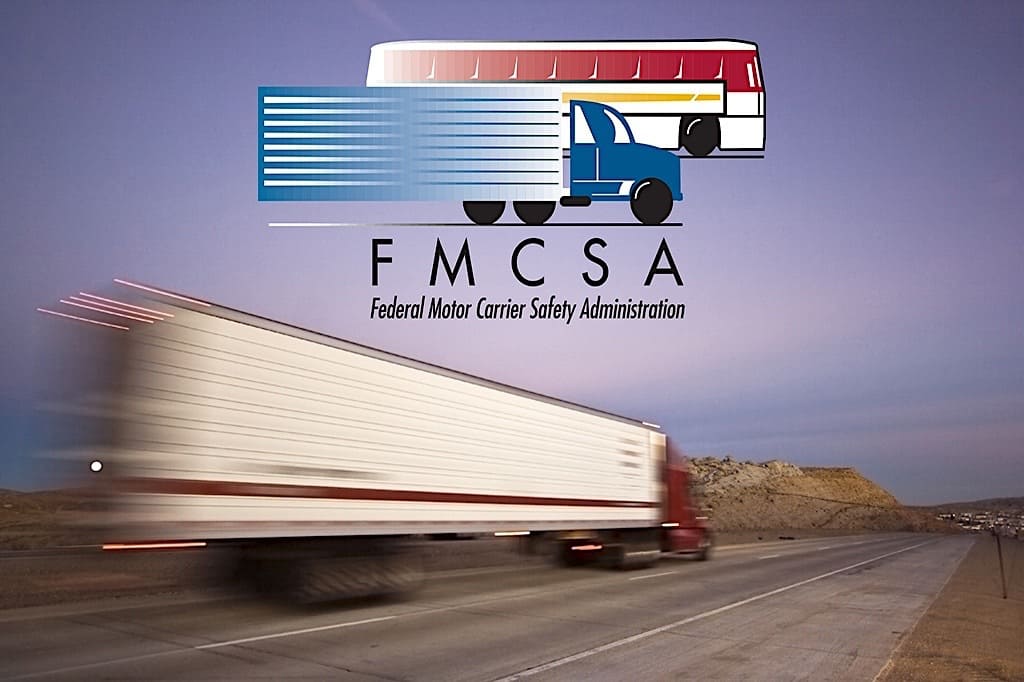Which One Do You Have?
At the end of the year you should be evaluating your safety and loss control program to determine your performance over the year. Where do you stand compared to last year and the year before? Ongoing analysis programs are vital to a proactive and productive safety and loss control program. It always amazes me that companies cannot tell me what their accident frequency rate is Safety Bulletin - Proactive vs. Reactive Safety and Loss Control Program Page 1 of 8 and how it compares to years past. Accident frequency should be determined throughout the year no less than quarterly to determine trends and be proactive in controlling losses. Accident frequency rates can be calculated by multiplying the total number of accidents for a period by one million and then dividing by the total number miles for the same period. Accident frequency rate can be determined for DOT recordable, preventable recordable, non-preventable, by region, by fleet, driver supervisor, etc. However, accident frequency rates are just one piece of the overall safety analysis program that is in place to provide you with a sense of direction of where your program is going. Other areas of your internal analysis program should include, driver turnover frequency, DOT violation analysis (Hours of Service, Drug and Alcohol, driver file), OSHA violations, on-board safety technologies, workers compensation injuries, etc. Another analysis tool that you should review monthly is your CSA SMS data provided to you by the FMCSA https://safer.fmcsa.dot.gov/ or http://csa.fmcsa.dot.gov
A sound Proactive safety and Loss control program will adequately address the following areas:
- Driver Selection
- Driver recruiting
- Carrier-based training
- Management-driver communications
- Driver safety-performance evaluation
- Safety incentives, Behavior-based safety
- On-board safety monitoring, cameras
- Telematics data
- Accident investigation
- Improved driver scheduling and dispatching
- Fatigue management
- Carrier-based medical programs
- Advanced safety technologies, Industry-based safety standards, and certification
- Preventive maintenance and vehicle inspection
- Drug and Alcohol testing results
Don’t Forget About End-of-Year Drug and Alcohol testing
Holidays and vacations can throw a wrench into any motor carrier's plans for a smooth transition from the end of one year to the next.
One area that carriers need to closely watch is the number of random Department of Transportation drug and alcohol tests that have been performed.
Carriers subject to 49 CFR Part 382 must meet the minimum annual testing rates. In 2021, the rates are 50 percent for drugs and 10 percent for alcohol. The tests must be completed by the last day of the year.
With only about two weeks remaining in 2021, it is important to consider your last selection and notifications if you haven't already.
By procrastinating on scheduling, carriers run into issues with increased deliveries over the holiday season, vacations, and company shutdowns, drivers might be unavailable for testing before the end of the calendar year.
When carriers reach the end of the year and find they have not tested enough drivers, some will perform a supplemental draw before time runs out.
FMCSA Provides Compliance Material for Entry-Level Driver Training Rule
The Federal Motor Carrier Safety Administration has published FAQs and other compliance materials for training providers, motor carriers and drivers on the new Entry-Level Driver Training rule. The new rule goes into effect February 7, 2022.
The Entry-Level Driver Training regulations establish new federal minimum training standards for entry-level drivers. This includes individuals applying for:
- A Class A or Class B commercial driver’s license (CDL) for the first time
- An upgrade of an existing Class B CDL to a Class A CDL
- A school bus (S), passenger (P), or hazardous materials (H) endorsement for the first time
Beginning February 7, 2022, drivers must have completed the required entry-level driver training from a provider registered with FMCSA before taking a CDL skills or knowledge test to obtain one of the licenses or endorsements listed above.
Only drivers who obtain a commercial learner’s permit (CLP) on or after the February 7, 2022 compliance date are subject to ELDT regulations for obtaining a CDL. Drivers who currently hold a CLP may obtain a CDL without completing entry-level training, as long as they obtain their CDL before their CLP, or renewed CLP, expires.
Current CDL holders who apply for a new S, P, or H endorsement on or after February 7, 2022 are subject to ELDT requirements for those endorsements. The ELDT requirements for obtaining the S, P, or H endorsements also apply to drivers who obtain their CLP or CDL after February 7, 2022.
Drivers seeking to obtain a Class A or Class B CDL or an S, P, or H endorsement must select a training provider from the public list on the Training Provider Registry website.










